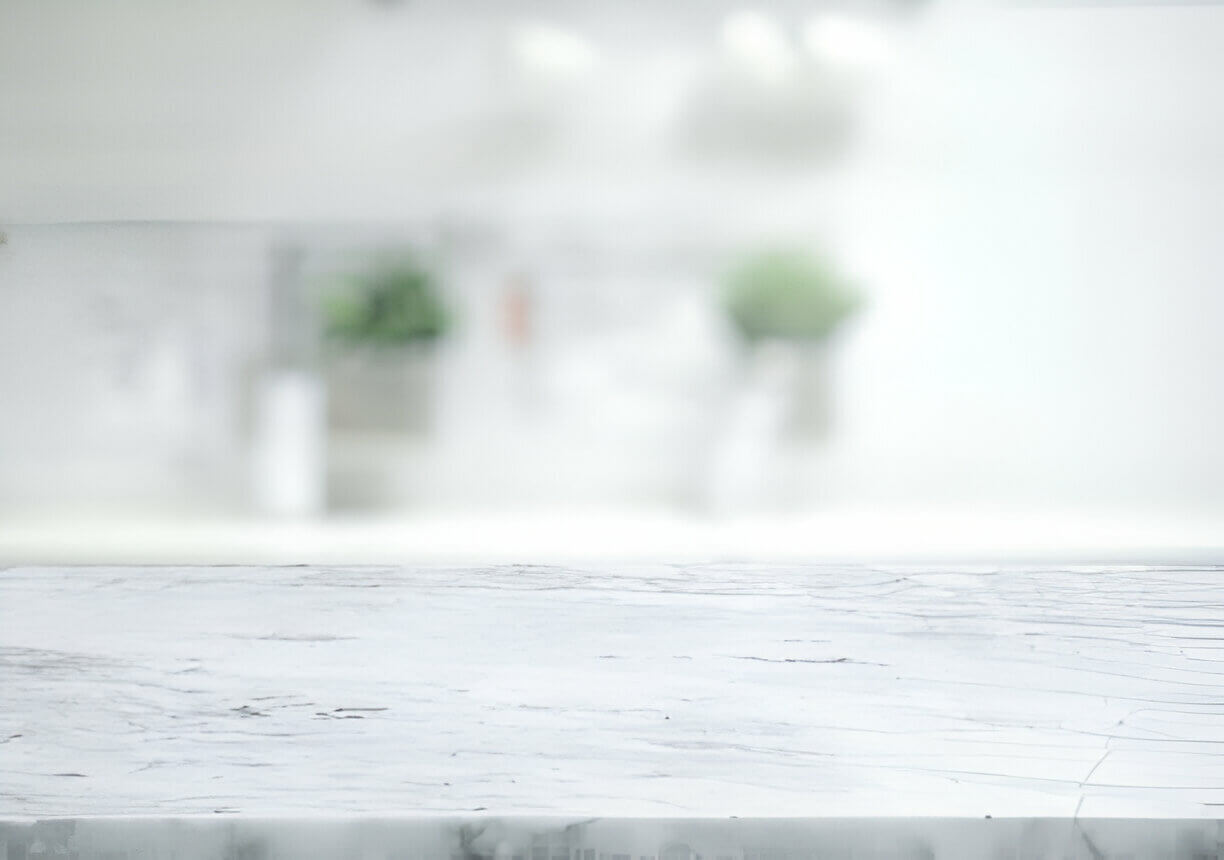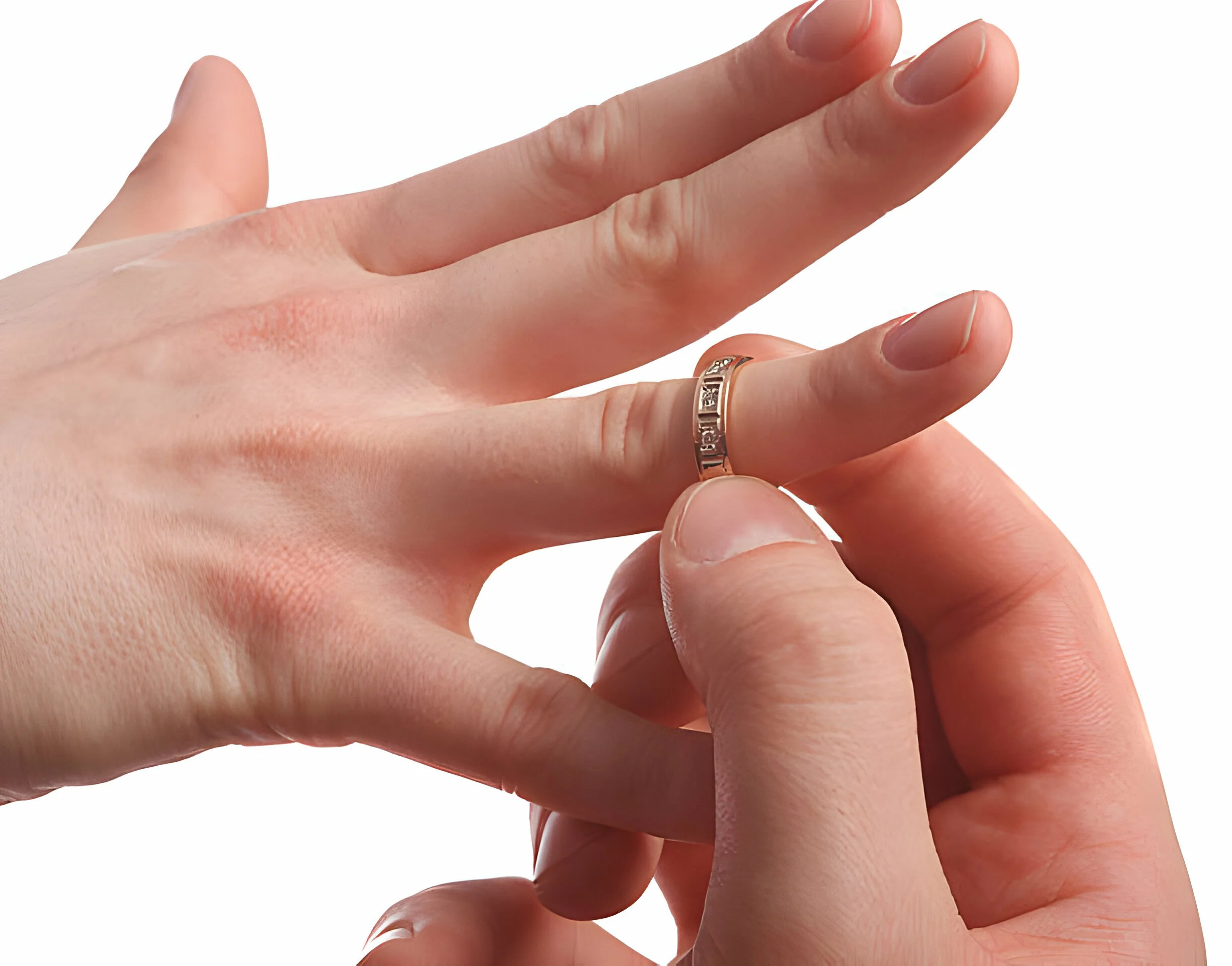Marble countertops are often lauded for their timeless beauty and luxurious appearance. However, despite their aesthetic appeal, there are several reasons why experts recommend against using marble countertops in kitchens. This article will delve into the various reasons, exploring both the benefits and drawbacks of marble in kitchen settings.

Understanding Marble Countertops
Composition and Characteristics
Marble is a metamorphic rock primarily composed of calcite. It forms when limestone is subjected to high pressure and temperature, causing it to recrystallize. This process gives marble its characteristic veining and color variations, which are highly sought after in design and architecture.
Marble is available in various colors, from the classic white Carrara to the rich greens and reds of other types. Its natural elegance and unique patterns make it a popular choice for countertops, flooring, and other decorative elements.
Benefits of Marble Countertops
Aesthetic Appeal
One of the primary reasons homeowners consider marble countertops is their visual appeal. Marble offers a classic, timeless look that can elevate the design of any kitchen. Each slab of marble is unique, with distinct veining and color patterns that add a touch of elegance and sophistication.
Heat Resistance
Marble is naturally heat-resistant, making it an excellent choice for surfaces where hot pots and pans are placed. This quality makes it particularly popular in baking areas where the cool surface is beneficial for rolling out dough and other baking tasks. The ability to withstand high temperatures without damage means that marble can handle the occasional hot cookware without immediate harm.
Drawbacks of Marble Countertops in Kitchens
Porosity and Staining
One of the most significant disadvantages of marble is its porosity. Marble’s porous nature means it can easily absorb liquids, leading to staining from common kitchen substances like wine, coffee, and acidic juices. Even with proper sealing, marble can still be prone to staining, which requires regular maintenance to prevent.
For example, a spilled glass of red wine or a few drops of lemon juice can leave a permanent mark if not cleaned immediately. The porous surface absorbs these liquids quickly, making stains difficult to remove.
Scratching and Etching
Marble is softer compared to other natural stones like granite and quartz. This softness makes it susceptible to scratching and etching from acidic substances. Common kitchen items such as knives, pots, and acidic foods can leave marks and dull spots on the surface of the marble, diminishing its beauty over time.
Etching occurs when acidic substances react with the calcium carbonate in marble, leaving dull spots and discoloration. Even water can cause minor etching over time, leading to a less polished appearance.
High Maintenance
Maintaining marble countertops in a kitchen requires a significant amount of care and effort. Regular sealing is necessary to protect the surface from stains and etching. Additionally, cleaning marble requires using pH-neutral cleaners and avoiding abrasive materials that could damage the stone.
Homeowners must be vigilant about wiping up spills immediately and using cutting boards and trivets to protect the surface. The need for frequent resealing and careful cleaning can be burdensome for those looking for low-maintenance kitchen surfaces.
Cost Considerations
Marble countertops are generally more expensive than other materials such as granite or quartz. The initial cost of marble, combined with the ongoing maintenance expenses, can make it a costly option for many homeowners. Furthermore, marble countertops typically require professional installation due to their weight and the precision needed for proper fitting.
The combination of high initial costs and continuous maintenance can make marble a less attractive option for budget-conscious homeowners. While the look of marble is undeniably beautiful, the financial commitment can be significant.
Alternatives to Marble Countertops
Granite
Granite is a popular alternative to marble due to its durability and resistance to staining and scratching. It offers a wide range of colors and patterns, making it a versatile option for kitchen countertops.
Granite’s non-porous nature makes it less susceptible to stains and easier to maintain. Its hardness ensures that it can withstand the rigors of a busy kitchen without showing significant wear and tear.
Quartz
Quartz countertops are engineered stone surfaces that combine natural quartz with resins and pigments. They are non-porous, highly durable, and require less maintenance compared to marble. Quartz also comes in a variety of colors and designs, including options that mimic the look of marble.
The engineered nature of quartz allows for consistency in pattern and color, making it a reliable choice for those seeking uniformity in their kitchen design. Quartz surfaces are also resistant to scratches, stains, and heat, making them ideal for kitchen use.
Solid Surface
Solid surface countertops are made from a blend of acrylic or polyester resins and natural minerals. They are non-porous, resistant to stains and scratches, and can be seamlessly integrated with sinks and backsplashes. While they may not have the same natural beauty as marble, they offer a practical and cost-effective alternative.
Solid surface materials can be easily repaired if scratched or damaged, adding to their longevity and appeal. The seamless design also eliminates crevices where bacteria can grow, making them a hygienic option for kitchens.
Conclusion
While marble countertops can add a touch of elegance and luxury to a kitchen, they come with several drawbacks that make them less suitable for high-traffic areas. The susceptibility to staining, scratching, and the high maintenance requirements are significant factors to consider. Homeowners looking for a more durable and low-maintenance option may want to explore alternatives such as granite, quartz, or solid surface materials. By weighing the pros and cons, you can make an informed decision that best suits your kitchen’s needs and your lifestyle.




